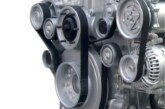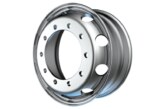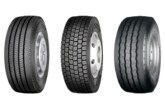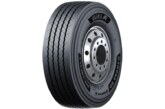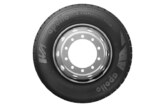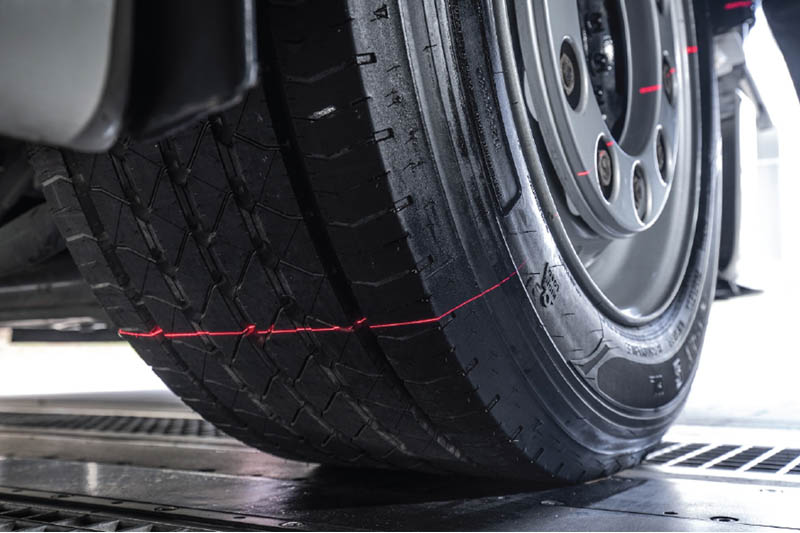
Kate Norton, Sales General Manager Commercial UK & Ireland for Goodyear, discusses why the right tyres have never been so important for your bottom line.
Throughout their daily operations, hauliers often have to juggle many things in a short period of time. Every minute – and pound – counts. Optimising uptime, mileage, and fuel efficiency are simultaneously their main objectives and primary challenges.
As the only point of contact between the vehicle and the road, tyres have a significant role to play. Specifically, the rolling resistance of a truck’s tyres contributes between 20-35% to its fuel consumption and greenhouse gas emissions. By keeping the rolling resistance of their tyres as low as possible, hauliers can directly impact a vehicle’s fuel efficiency, whilst also ensuring an optimal mileage level. For instance, improving the rolling resistance of a tractor tyre by one EU Tyre Label band (15-20%) will reduce the truck CO2 emission (and fuel consumption) by 2-3%.
Goodyear’s current generation FuelMax and KMax Gen-2 on-road tyres offer low rolling resistance, good fuel efficiency, and strong mileage. By using a tyre range such as the Goodyear FuelMax Gen-2, a fleet of 100 trucks can lower its total cost of ownership by up to £35,000 per year, whilst still preserving a good mileage level.
Here are just some of the factors that can influence your fleet’s efficiency, and how to make sure you’re getting the most out of them:
Tyre pressure
When in use, maintaining the correct pressure is crucial to ensuring that the tyre’s optimal rolling resistance is maintained. Ultimately, trucks with under-inflated tyres will consume more fuel and their tread will wear down more quickly, meaning that they are more expensive and less sustainable to run, and will even need to be replaced sooner than those that are properly maintained.
It can be tempting to overlook tyre pressure maintenance, purely because of the amount of time that it can take. However, smart solutions such as our Tyre Pressure Monitoring System (TPMS) and Drive-Over Reader (DOR) can be helpful in this regard, not only allowing fleets to keep a constant eye on their tyre pressures but also save a huge amount of time. But by using the DOR, a customer who struggled before to find time for tyre pressure maintenance told us that they were able to monitor all 50 of their vehicles within an hour.
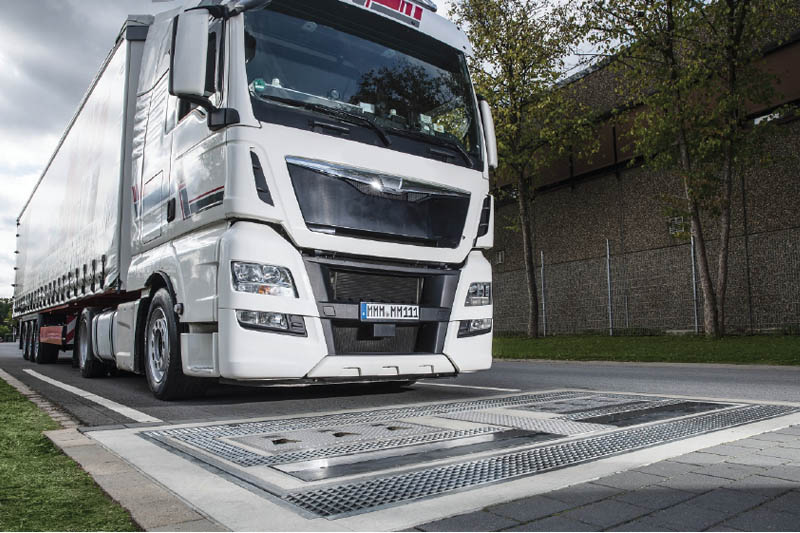
Location, location, location
There are very good reasons for steer, drive and trailer axles to be fitted with different tyres. In the case of a fully loaded truck, each individual tyre may be carrying multiple tonnes. With each axle performing a different function, it makes a great deal of sense when carrying so much weight that the tyres fitted to those axles should also be designed with different purposes in mind.
Having the correct tyre fitted to each axle not only offers safety benefits though, but performance too. Improving fuel efficiency is ultimately about improving grip and reducing drag. If a fleet operator fits tyres to the wrong axles, and effectively tries to use them in a way for which they aren’t designed, they can’t expect those tyres to function at their best.
Wheel alignment
The impact of wheel alignment on fuel efficiency is difficult to measure, as there are many factors, such as aerodynamics and variance of hooking the trailer, that can have a significant impact.
However, we do know that, if a vehicle’s alignment does not follow the manufacturer’s specs, it can affect tyre wear, as side forces and slip will influence the contact that the tyre has with the road. With that in mind, the objective should always be to have the wheels roll parallel and in a straight line, in order to minimise friction and ensure that there is the correct amount of pressure on the tyre.
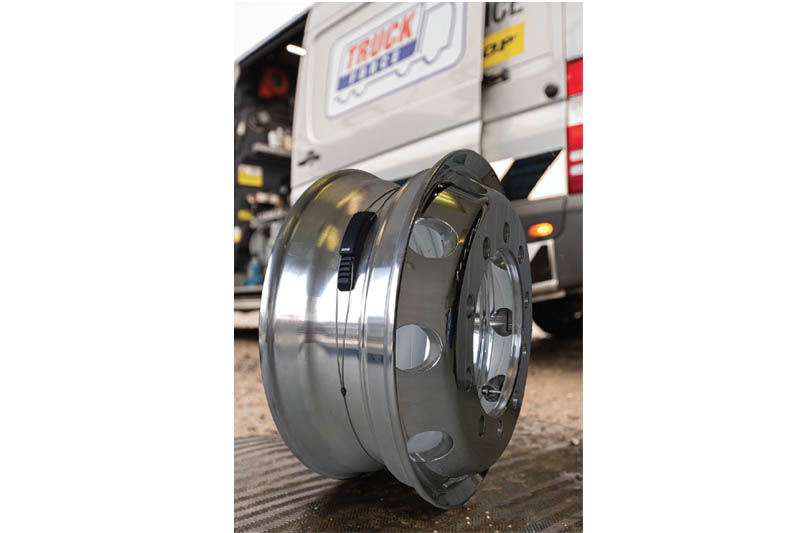
Tailoring individual needs
Now more than ever, tyre manufacturers have more of an interactive relationship with customers. Whilst the commercial trucking business is going through significant changes, it is still first and foremost a relationship business. Goodyear makes fleet owners’ lives as easy as possible, so they can get the most out of their tyres and focus on what really matters – keeping their customers happy.
As such, the company is shifting from focusing purely on total cost of ownership to value generation. It is seeing increased demand for customised mobility packages and advanced tyre technologies, and is striving to work even more closely with its customers in order to help them save costs and stay ahead of the game.
With the Goodyear Total Mobility offering, for instance, it works closely with its customers to address their specific challenges with a customised solution. Rather than simply offering, for example, tyres, solutionsm and services, Goodyear Total Mobility is all about customisation and scalability. Fleets have access to the right tyres for their various applications, a tailored predictive toolbox, and the support of an expert service network along the way.
By developing these unique relationships with its customers, Goodyear is working more interactively and putting itself in a strong position to advise on customers’ daily tyre management. The result? A fleet that’s using its tyres in the most fuelefficient and cost-effective way possible.

